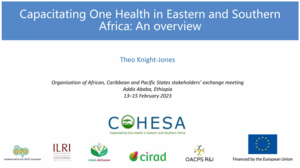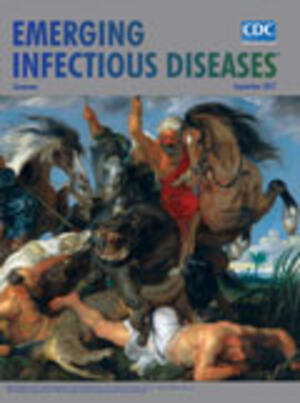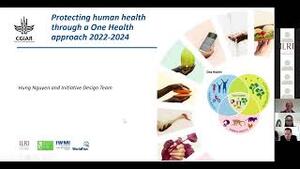
Estimating the transmissibility of H5N1 and effect of vaccination in Indonesia
Abstract
The spread of H5N1 avian influenza continues to pose an economic burden and a public health risk worldwide. Despite this, estimates of the transmissibility of infection exist in only a handful of settings and vary considerably. Using final size methods and flock-level infection data from a field trial of mass vaccination, we obtained the first estimates of the transmissibility of infection between and within flocks in Indonesia. We also found that outbreaks in areas designated as vaccination zones were less transmissible than in non-vaccination zones. However, this reduction is only comparable with a limited degree of protective vaccination coverage. Quantifying the overall effect of vaccination in these zones remains challenging. However, this result would appear to imply that, although the interventions applied in vaccination zones were not sufficient to completely prevent transmission in all areas, when outbreaks occur, they are less transmissible than those in areas where vaccination was not applied. This could be either a direct or an indirect effect of vaccination. Given the dynamism of small-scale poultry production in Indonesia, more regular vaccination may be required to ensure that infection is fully controlled in vaccination zones.
Citation
Walker, P.G.T., Jost, C., Ghani, A.C., Cauchemez, S., Bett, B., Azhar, M., Murahman, J., Widiastuti, T., Daju, D. and Mariner, J. 2015. Estimating the transmissibility of H5N1 and effect of vaccination in Indonesia. Transboundary and Emerging Diseases 62(2): 200-208.










